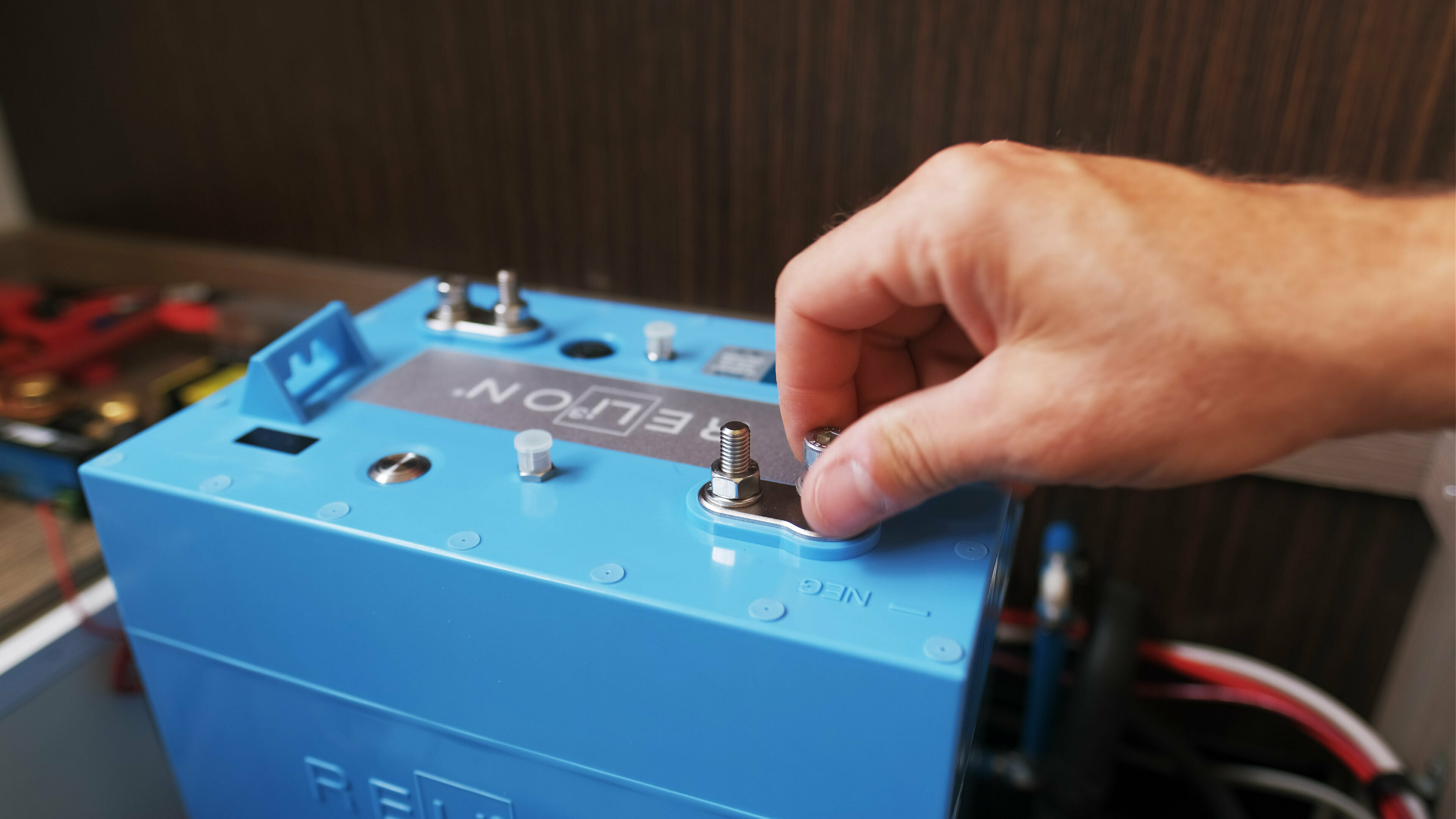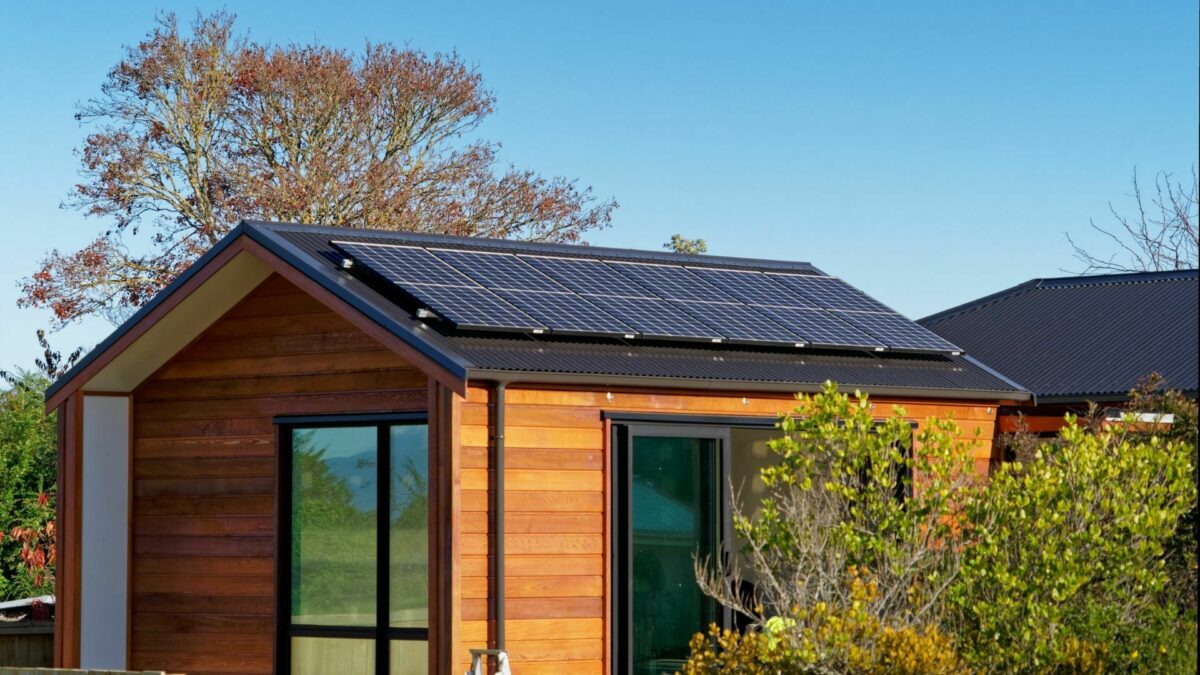Whether casting lines at remote lakesides, embracing the tranquility of an off-grid cabin, or traversing the open road in an RV, the need for a dependable energy storage system is paramount. There are several nuanced considerations and practical strategies to keep in mind when determining the optimal capacity of your battery system. From analyzing power requirements to maximizing renewable energy integration, this guide offers key insights tailored to those looking to maximize energy independence while creating a more sustainable planet.
Here are the steps you should take when figuring out how much energy storage you need:
- Assessing Your Energy Consumption
- Define Your Objectives and Requirements
- Calculate Your Load Profile
- Evaluate Renewable Energy Integration
- Factor in System Efficiency and Losses
- Perform a Techno-Economic Analysis
- Consult with Experts
- Monitor and Adapt
From analyzing power requirements to maximizing renewable energy integration, this guide offers key insights tailored to those looking to maximize energy independence while creating a more sustainable planet.
Assessing Your Energy Consumption
The first step in determining the amount of battery energy storage capacity you need is to analyze your energy consumption patterns. If you have it available, you can evaluate historical data to understand peak energy usage periods, daily fluctuations, and seasonal variations. This analysis helps in identifying when energy demand is highest and when excess energy can be stored for later use.

Define Your Objectives and Requirements
Clearly define your goals and needs for deploying a battery energy storage system. For example, are you looking to enhance energy resilience, integrate renewable energy sources, transition to a fully off-grid lifestyle? Understanding your specific goals, in addition to your energy consumption patterns, will guide the sizing process and ensure that the system meets your expectations.
Calculate Your Load Profile
Calculate your load profile by quantifying the amount of energy required to power your appliances, equipment, and machinery. Consider both continuous loads (e.g., lighting, refrigeration) and intermittent loads (e.g., a hair dryer). This calculation helps in estimating the size of the battery needed to support your load requirements during periods of high use. Check out our free battery selector tool to get started on making this calculation.

Evaluate Renewable Energy Integration
If you plan to integrate renewable energy sources such as solar or wind power, assess the intermittency and variability of these sources. Calculate the excess energy generated during peak production periods and size the battery storage system to capture and store this surplus energy for later use when renewable generation is low or unavailable.
Factor in System Efficiency and Losses
Account for energy losses associated with battery charging, discharging, and conversion processes. Consider the efficiency of the battery energy storage system and adjust the calculated capacity to compensate for these losses, ensuring that the system can deliver the desired amount of usable energy effectively. Keep in mind that not all batteries are created equal. For example, lithium batteries are 99 percent efficient, minimizing the losses during charge. Alternatively traditional lead-acid batteries are 75 to 80 percent efficient, which results in significant loss when recharging.
Perform a Techno-Economic Analysis
Conduct a techno-economic analysis to evaluate the cost-effectiveness of different battery energy storage systems and configurations. Compare the capital costs, operational expenses, and potential savings associated with various system sizes and technologies to identify the most economical solution that meets your needs.
Consult with Experts
Seeking guidance from battery storage specialists can provide valuable insights and ensure that your sizing calculations are accurate and reliable. Collaborate with experts who have experience in designing and deploying battery energy storage systems to optimize performance and maximize returns on investment.

Monitor and Adapt
After deploying the battery energy storage system, regularly monitor its performance and adapt as needed based on real-world data and operational experiences. Fine-tune settings, adjust control strategies, and consider expanding or upgrading the system over time to meet evolving energy needs and technology advancements.
By following these steps and considering key factors such as energy consumption patterns, renewable energy integration, and unique battery specifications, you can determine the right amount of battery energy storage needed to achieve your energy goals effectively. If you need help sizing your battery energy storage system, contact an expert at RELiON.
